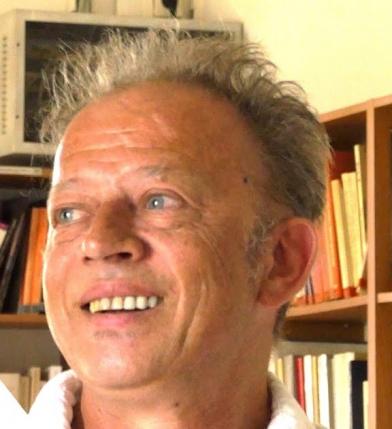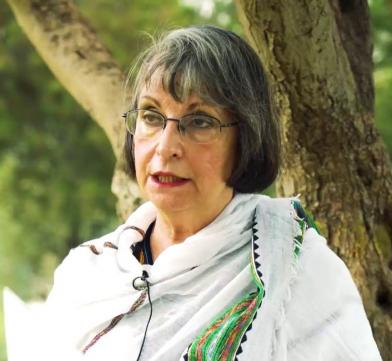Documentary | written by Yves Touati | directed by Emmanuel Chouraqui
France 2004|| 52 minutes || French & hebrew, english, amhary, aramaik with English subtitles
Following a musical and spiritual journey through the centuries, this documentary invites us to discover the wealth of Christian liturgies of Israel’s monasteries. The journey begins at the dawn of the 4th century with the first Christian communities (Syriac, Armenian, Ethiopian, etc) and ends with the new charismatic or traditional communities more recently established in the present day Holy Land
Yves Touati: 'My starting idea was that Eastern monastic chants, some of them dating back to the third century, carried with them elements of the Jerusalem Temple’s music. How so? Through those who are called ,wrongly so for that matter, Judeo-Christians. In fact they were Jews who believed and followed Jesus’s messianism but without breaking away from the Jewish community. It was the latter which outlawed them, at the dawn of the 2nd century, that is to say some 70 years after the death of Christ. During the centuries that followed, these groups found refuge in the first Eastern Christian communities, mainly the Syriac one which to this day still uses Aramaic as its liturgical tongue. Did they keep part of the Jerusalem Temple’s music and so influence the first Christian liturgies? Such was my impression after a few years of research. To try and back up this theory, with the help of a computer I looked for the points that were common to all Christian liturgies of the East, those that had developed in the area where Christ lived. My first observation was that all this music uses a scale of 22 notes -- 22 is also the exact number of letters composing the Hebrew alphabet, and surely this is no coincidence. Twenty-two notes also means that the smallest interval is a quarter tone, whereas in western music it is half a tone. The second point common to all Eastern Christian liturgies is « bi-phony », meaning that one can chant two different notes at the same time. Polyphony, that is three different notes chanted simultaneously, will appear only much later and in Europe this time, with Flemish polyphony appearing in the second half of the 12 th century...'
This film was Produced by Beam Light and Pola productions.





